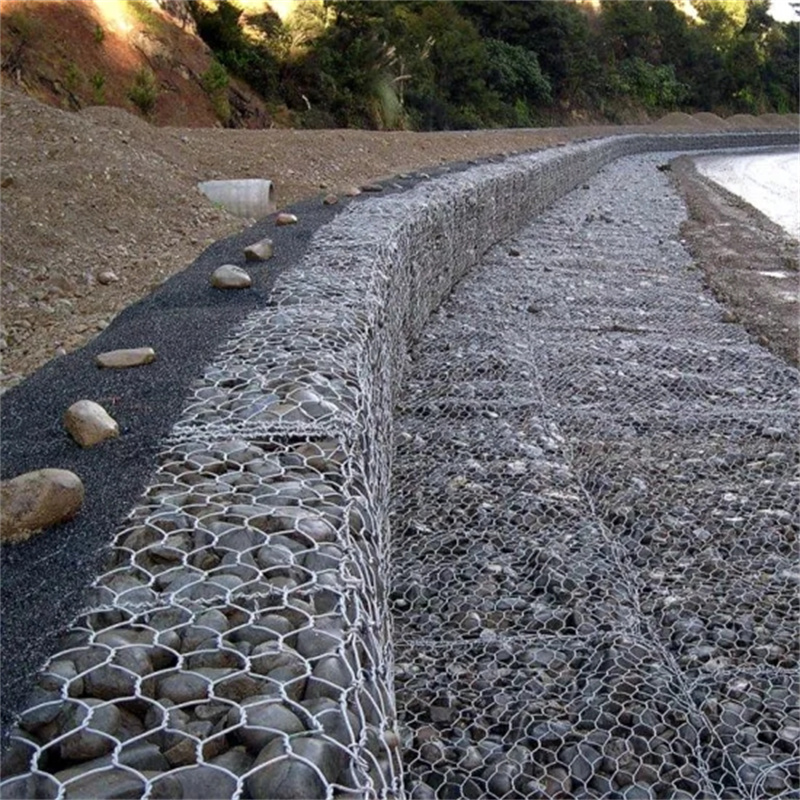Dec . 05, 2024 12:06 Back to list
Explore Affordable Oyster Gabion Options for Your Next Project
The Benefits of Using Oyster Gabions in Coastal and Environmental Projects
In the world of environmental restoration and coastal engineering, innovative solutions are increasingly becoming crucial for addressing the challenges posed by climate change, erosion, and habitat loss. Among these solutions, oyster gabions have emerged as a unique and effective method for promoting biodiversity, enhancing coastal resilience, and stabilizing shorelines. This article explores the concept of oyster gabions, their benefits, and their application in various projects.
What are Oyster Gabions?
Oyster gabions are cages or mesh containers that are filled with natural materials, often rocks or recycled concrete, and are strategically placed in marine environments. The primary purpose of these structures is to provide a stable base for the cultivation of oysters and other shellfish. The gabions create habitats that allow for the growth of oyster populations, while also serving as physical barriers that protect shorelines from erosion.
One of the most significant aspects of oyster gabions is their ability to foster a thriving ecosystem. Oysters are known as ecosystem engineers; they filter water, improve water quality, and provide essential habitat for various aquatic species. By creating suitable environments for oysters to flourish, we can harness their natural filtering capabilities and contribute to healthier marine ecosystems.
Benefits of Oyster Gabions
1. Erosion Control Coastal erosion is a significant problem that threatens shorelines and structures near the coast. Traditional methods of erosion control, such as seawalls and bulkheads, can result in habitat destruction and increased wave energy. Oyster gabions provide a softer, more natural solution. By absorbing wave energy and promoting sediment deposition, they help stabilize shorelines and reduce erosion.
buy oyster gabion

2. Biodiversity Enhancement Oyster reefs are among the most productive ecosystems in the world. By installing gabions filled with oyster seed, we can promote the growth of these valuable shellfish. This not only increases the population of oysters but also supports fish, crabs, and other marine organisms that rely on these reefs for habitat.
3. Water Quality Improvement Oysters are natural filters, capable of cleansing the water they inhabit. A single oyster can filter up to 50 gallons of water per day. By enhancing oyster populations through gabion installation, we improve overall water quality in coastal areas, making them healthier for both marine life and human recreation.
4. Sustainable Design In the face of climate change, it is essential to adopt sustainable practices in construction and environmental management. Oyster gabions use natural materials and support the restoration of ecosystems, aligning with sustainable development goals. They represent an innovative approach to combining infrastructure with ecological benefits.
5. Community Engagement Projects involving oyster gabions can serve as a focal point for community involvement and education. By engaging local communities in the process of oyster gardening and habitat restoration, we foster a sense of stewardship and awareness about the importance of marine ecosystems.
Conclusion
The implementation of oyster gabions represents a harmonious blend of engineering and ecological restoration. As coastal communities face increasing threats from climate change and environmental degradation, the need for effective, sustainable solutions has never been more pressing. With their ability to control erosion, enhance biodiversity, and improve water quality, oyster gabions offer a promising approach to creating resilient coastal ecosystems. Investing in oyster gabions not only benefits the environment but also paves the way for healthier coastal communities and a more sustainable future.
-
hesco-gabion-baskets-for-coastal-erosion-prevention
NewsAug.22,2025
-
longevity-and-durability-of-river-rock-gabion-walls
NewsAug.22,2025
-
how-to-integrate-gabion-3d-walls-in-urban-planning
NewsAug.22,2025
-
reno-mattress-gabion-applications-in-civil-engineering
NewsAug.22,2025
-
how-to-install-wire-mesh-for-gabion-baskets-properly
NewsAug.22,2025
-
best-materials-for-filling-a-chain-link-gabion
NewsAug.22,2025
-
Wire Mesh Thickness Impact on Gabion Wall Load Bearing
NewsAug.12,2025






